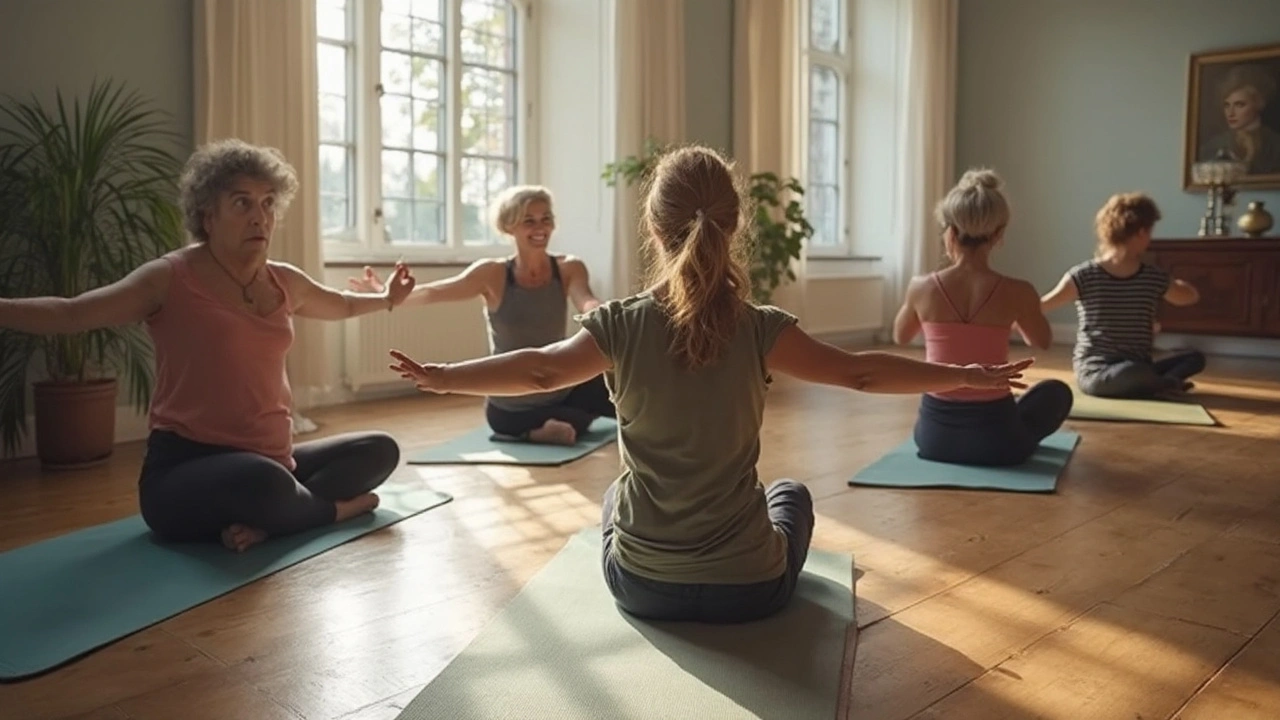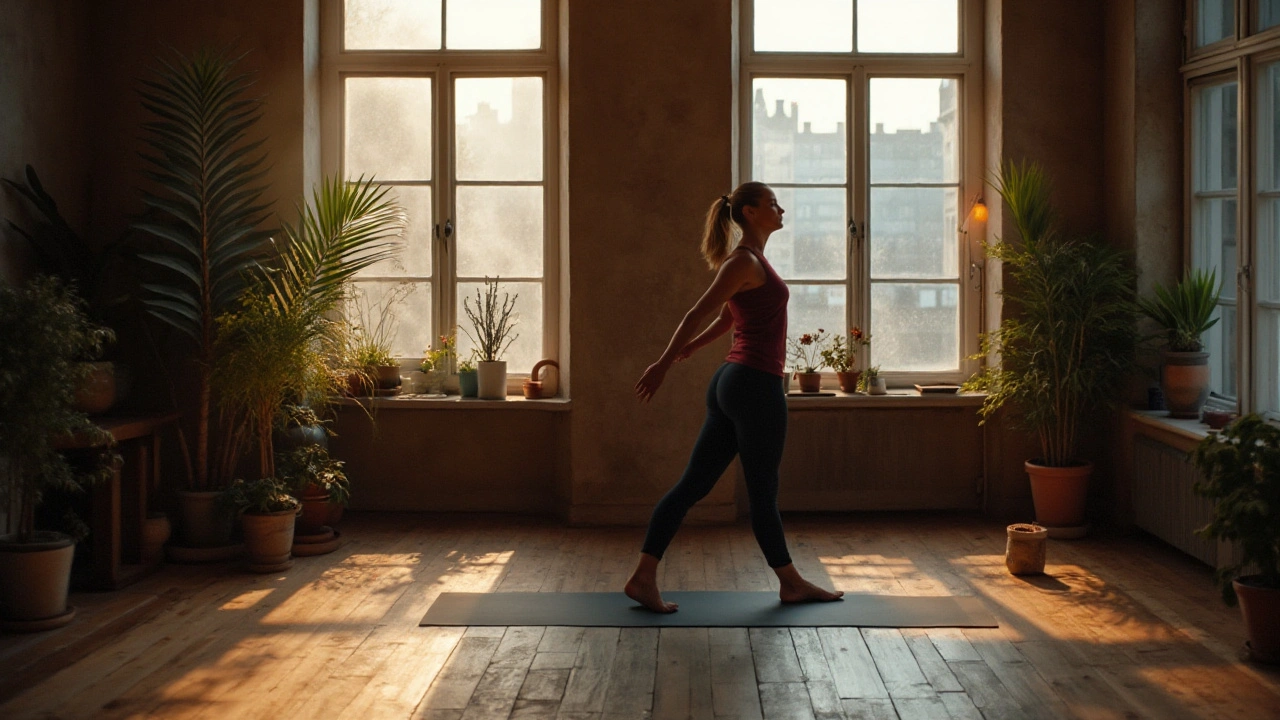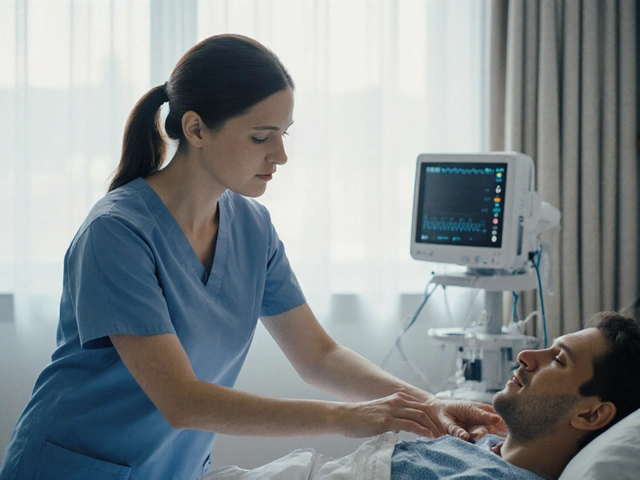Feldenkrais: Mindful Movement for Better Posture and Less Pain
Feldenkrais teaches you to move with less effort and more ease. It uses gentle, slow movements to change how your brain and body work together. People use it for chronic pain, stiff joints, poor posture, balance problems, and to move better in daily life or sports. The lessons are low impact and focus on awareness, not force.
How Feldenkrais sessions work
There are two main formats. In Awareness Through Movement (ATM) you follow a teacher's verbal instructions in a group or class. You lie, sit, or stand and make small movements while noticing how they feel. Functional Integration (FI) is hands-on and one-on-one. A trained practitioner gently guides your body to show new movement options.
Sessions are slow and exploratory. You won't stretch or strain. Instead you try subtle changes and watch what shifts. That gentle approach lets your nervous system discover easier ways to move. People often notice small improvements after a single class. Real change builds with regular practice—think weeks, not days.
Who benefits and what to expect
Feldenkrais helps many people. If you live with neck or back pain, recovering from injury, or feel stiff from sitting all day, it can help. Athletes use it to refine skill and prevent injuries. Older adults use it to improve balance and reduce falls. Expect gentle guidance, clearer body awareness, and a gradual drop in unnecessary tension.
During an ATM class expect 40 to 60 minutes of guided movements. FI sessions are usually 30 to 60 minutes and tailored to your needs. You may feel relaxed, more spacious in your joints, or simply calmer. Sometimes small movements make big changes later, so give new sensations time to settle.
Try to go to a few sessions before judging. Like learning any skill, Feldenkrais rewards patience and curiosity. Keep notes about what feels different—walking, sitting, sleeping, or climbing stairs—to track progress.
Practical tips to try Feldenkrais today: look for a certified practitioner or teacher trained in the Feldenkrais method; start with an ATM class to feel the style; wear loose clothes; practice short daily lessons at home; stay curious and soft, not forceful; combine sessions with gentle walking or stretching for best results.
Many people pair Feldenkrais with other therapies. It works well with physical therapy, Hellerwork, Ortho-Bionomy, or massage because it teaches your body better movement patterns. If you have a specific medical condition, check with your healthcare provider but know Feldenkrais is low risk and gentle.
Want to learn more? Search for local classes, online guided lessons, or workshops. Look for teachers with good reviews and clear explanations. Small, frequent practice beats rare long sessions. Over weeks you'll likely move with less effort, feel steadier, and find daily tasks easier than before.
Ready to try a class? Many studios offer drop-in ATM lessons and short workshops. Bring water, wear comfy clothes, and be open to small changes. Beginners often notice simple wins in a few sessions over several weeks for many.

How Feldenkrais Training Transforms Your Yoga Practice for Greater Flexibility & Awareness
Discover how Feldenkrais training can level up your yoga. Master mindful movement, boost flexibility, and prevent injuries in your daily practice.

Unlocking the Benefits of Feldenkrais Method Training
Feldenkrais training offers a unique approach to enhancing body awareness and movement. By focusing on gentle exercises and mindfulness, it helps improve both physical and mental wellbeing. Discover how this method contributes to better posture, pain relief, and flexibility, while also fostering a deeper connection with one's body. Ideal for those seeking alternative therapies, Feldenkrais provides long-term benefits without invasive treatments.
Categories
- Health and Wellness (148)
- Alternative Therapies (86)
- Massage Therapy (40)
- Travel and Culture (15)
- Beauty and Skincare (9)
- Holistic Health (8)
- Health and Fitness (5)
- Spirituality (5)
- Other (2)
- Personal Development (2)
Popular Articles

Reiki Healing Techniques for Your Beloved Pets
Jan, 19 2025


